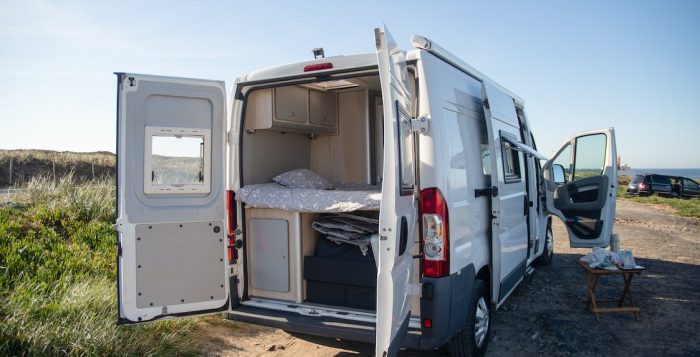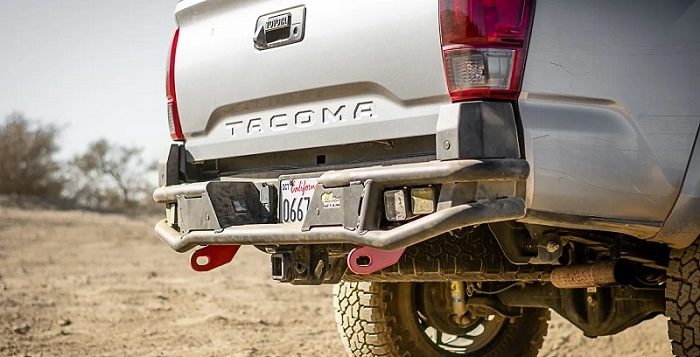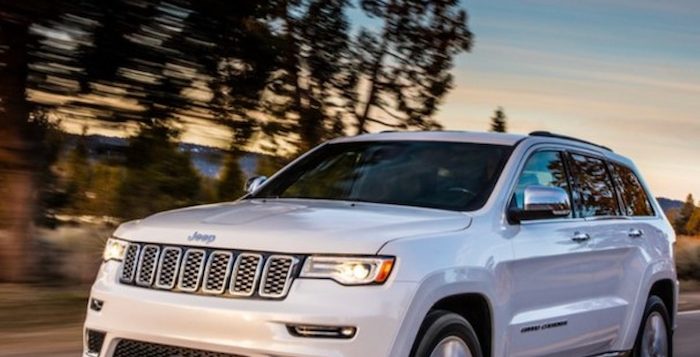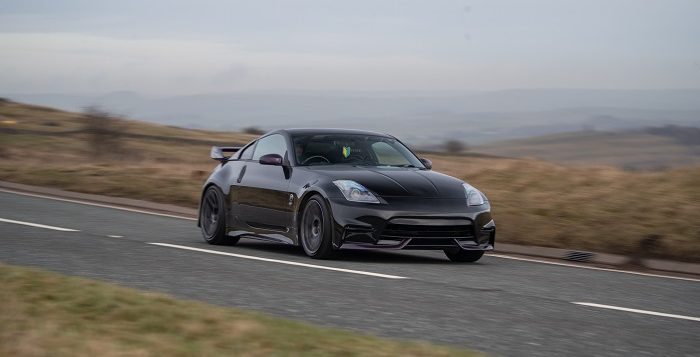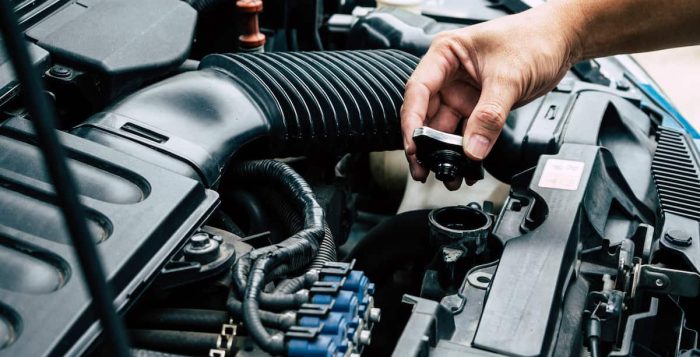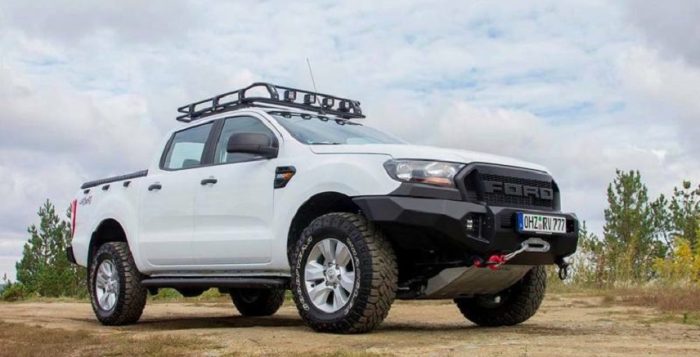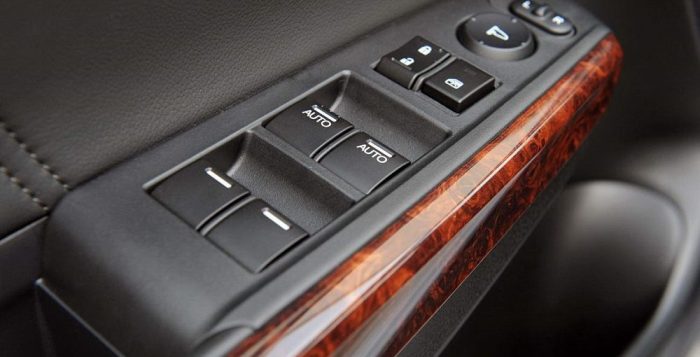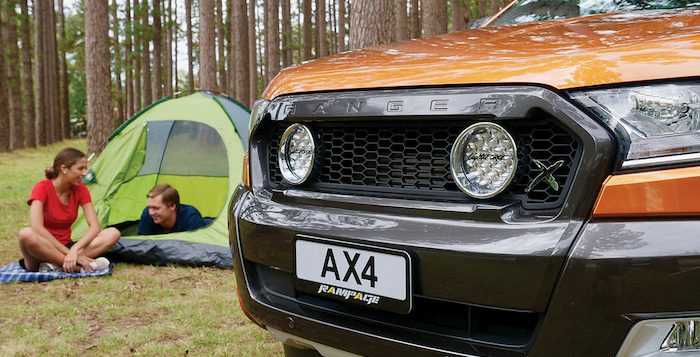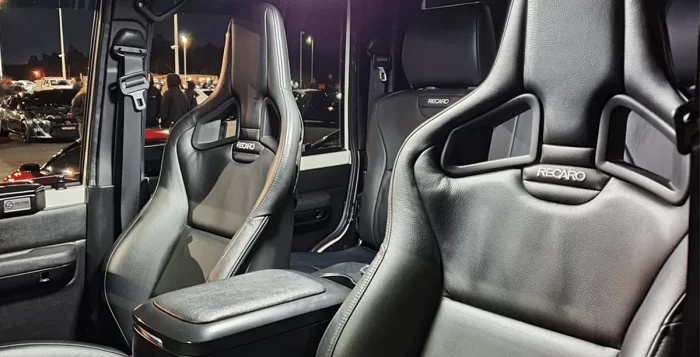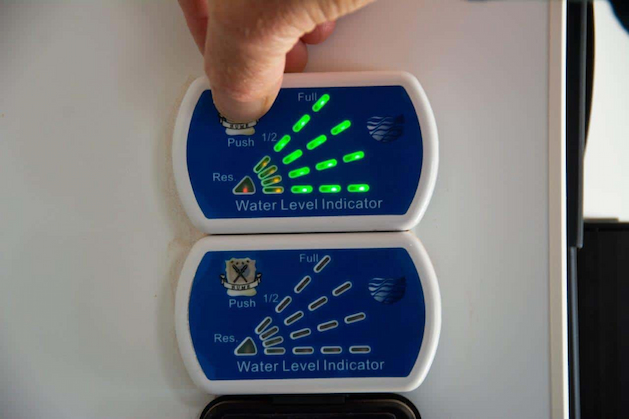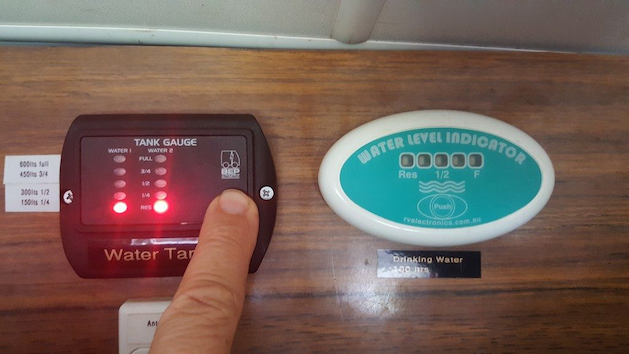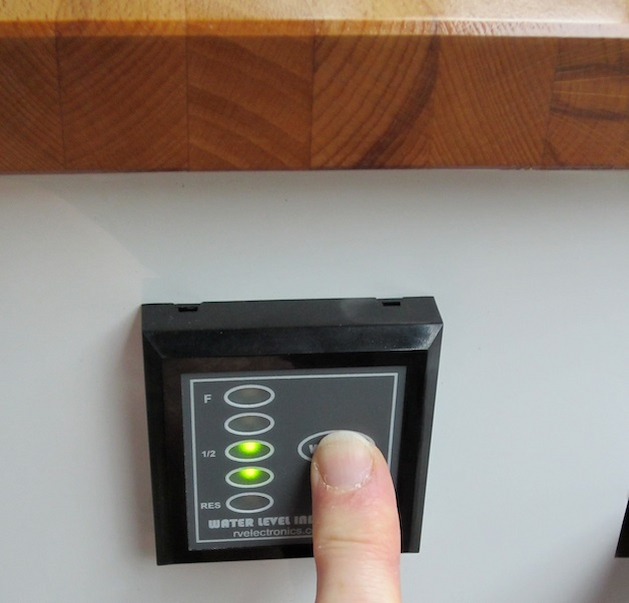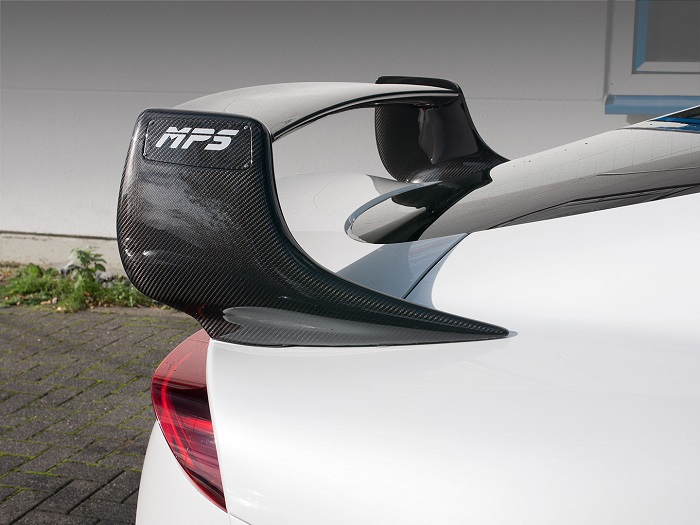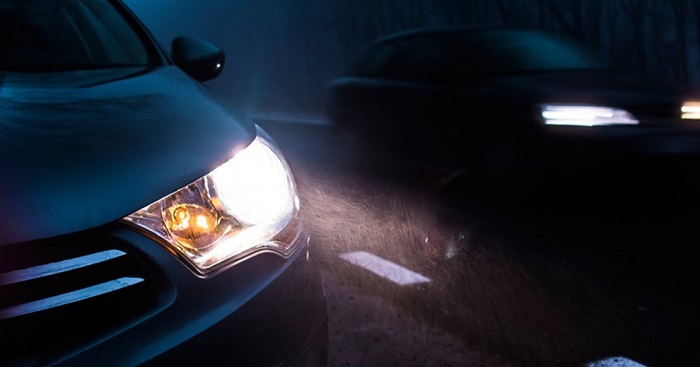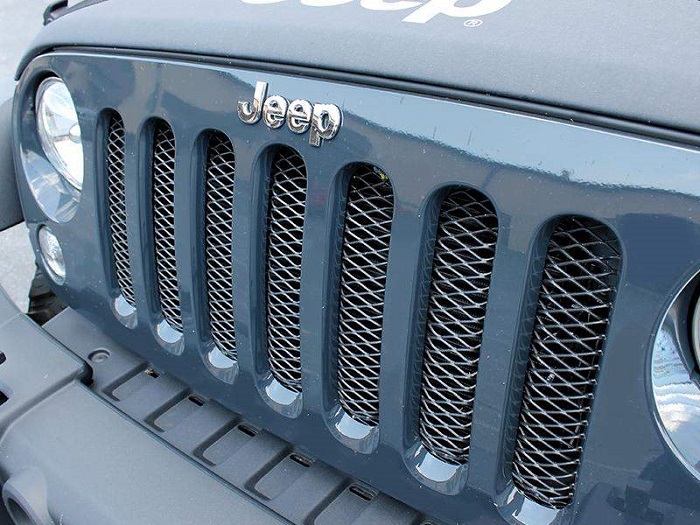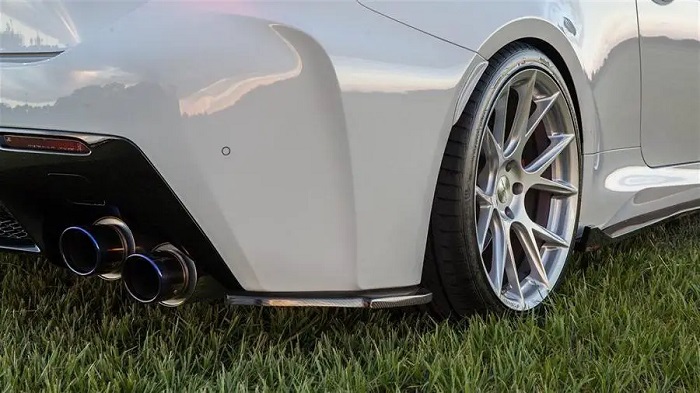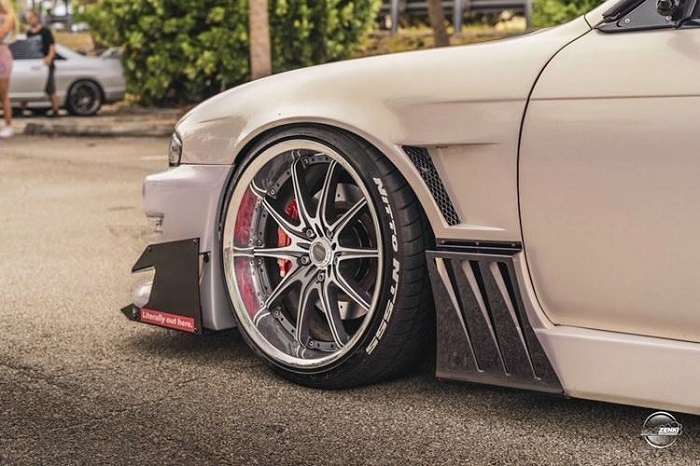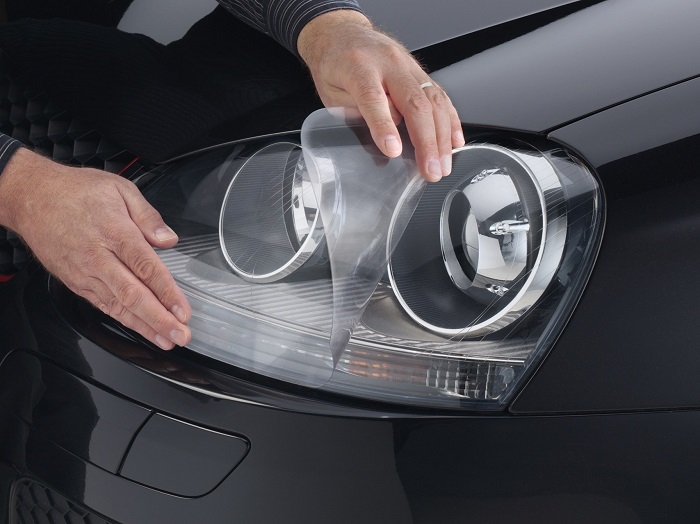No matter if you’re thinking about taking your caravan off the grid for a few days, or spending a few nights sailing off the coast, you have to take your water situation into account beforehand. And it’s not only your freshwater provisions that you need to keep in mind. Your grey and black water holdings are also a concern, because there’s nothing less pleasant than the prospect of having to make a midtrip detour just to discharge wastewater.
In short, you need to stay on top of your water tank volumes at all times. It’s the only way to avoid running out of fresh water, as well as preventing grey water from backing up into your shower, and fortunately, there’s an impressive range of easy-to-install electronic solutions available that are designed to let you take full control of your water management.
Get Reliable Water Management Anywhere with New Electronic Sensors
Let’s face it: water is the one resource that no RVer, caravanner, or boater owner can afford to come up short on. You’ll only ever have a limited supply of it onboard so you have to manage it carefully. That’s why installing modern monitoring sensors on your caravan water tanks is the most reliable way to keep track of precisely how much freshwater and wastewater you’re carrying at all times.
There’s nothing new about using electronic tank sensors or flow monitors to gauge RV and caravan water tanks. In fact, you’d be hard-pressed to find a new recreational vehicle that doesn’t have one system or the other. System redundancy, however, is worth its weight in gold when it comes to water management, and more than a few new RV owners have discovered how widely inaccurate either their vehicle’s fresh or holding tank readings could become due to:
- Loose or compromised sensor wiring;
- A malfunctioning sensor or miscalibrated control panel; or,
- A blocked or obstructed tank sensor.
You can install new aftermarket caravan water tank electronics and sensors directly in line with your vehicle’s other aftermarket gauges, and you’ll instantly have the peace of mind that comes from knowing your factory monitoring system now has redundancy that you can count on. It also allows you to update the early, probe-type senders that are typically found on older systems, or to outfit a custom system that you may not have been monitoring at all.
Tank Sensors Help You Monitor Your Water Volumes
With the largest fresh- and universal-use water tanks mounted in today’s RVs boasting capacities of up to 110L, it’s hard to imagine anyone running out of water when they’re on the road, but it can happen. A family of 4 who’re conservatively using just 25 litres a day only needs a few days to go through their entire fresh water supply, and a faulty sensor might miss it entirely.
Level monitors for 1-, 2-, and 3-tank water systems are designed with square mounting plates, operate off of either 12V or AA battery power, and are the ideal replacement for an existing control panel, or as a redundant installation. Their sensor units can be used with metal, plastic, or fibreglass tanks, and feature:
- Graduated “Full / ⅔ / ⅓ / Empty”, or “Full / ¾ / ½ / ¼ / Empty” tank volume formats;
- MONITOR and PUMP press button functionality; and,
- Integrated battery level indications.
These level monitors will work with both fresh and grey water tanks, and water levels are displayed using either bar or semi-circular LED gauges. Each new caravan onboard water tank kit also contains the appropriate number of arm-type senders per tank that are needed to give you correct measurement levels every time. Your tanks have to be drilled to mount the senders, but you’ll never have to rely again on loose calculations between top-offs and discharges for estimating how much water is in your system.
Sometimes, however, simply knowing the volume of water in the system isn’t enough. When you’re contemplating staying off the grid an extra day or two, you need to know precisely how many litres of fresh water you have. Now’s the time that having fitted flow rate gauges into your system is going to pay off.
Get Litre-by-Litre Updates With Electronic Flow Rate Gauges
Unlike tank-mounted sensors that show you tank volumes, digital flow rate gauges tell you the precise number of litres that have flowed beyond a set point in your water system. If you know how many litres you pumped into your tanks before you hit the highway, these caravan water tank accessories can tell you in real-time precisely how many fresh litres you have left it.
Flow rate gauge senders fit directly into your vehicle’s plumbing, with no need to drill, mount, or seal anything into your tanks. You program the baseline number of litres for the gauge to start with, and once it’s installed, it’ll give you full visibility to all the specifics of your water usage, including:
- The number of litres left in your water tank;
- How much water you’re using per day; and,
- The number of litres each fixture is using.
Flow rate gauges come in flush mount and surface mount versions, and can operate from either 12V or AA battery power. And to simplify your camper trailer water tank electronics even further, you can purchase Bluetooth-capable flow rate gauges and monitor all your water flow statistics directly from any Android or IOS smart device through the Water Tank Gauge app from a distance of up to 5 meters.
The Final Word
At the end of the day, water is an invaluable commodity when you’re off the grid, and failing to manage it can mean not having any to drink while simultaneously watching it overflow onto your bathroom floor. Having the right monitoring processes in place can prevent either from happening.
With modern, up-to-date monitoring sensors and flow rate gauges installed on your caravan water tanks, you can confidently put all these problems behind you. You’ll always know how much, and what kind of water you’re carrying, and it’s going to take the guesswork out of your trip planning.

